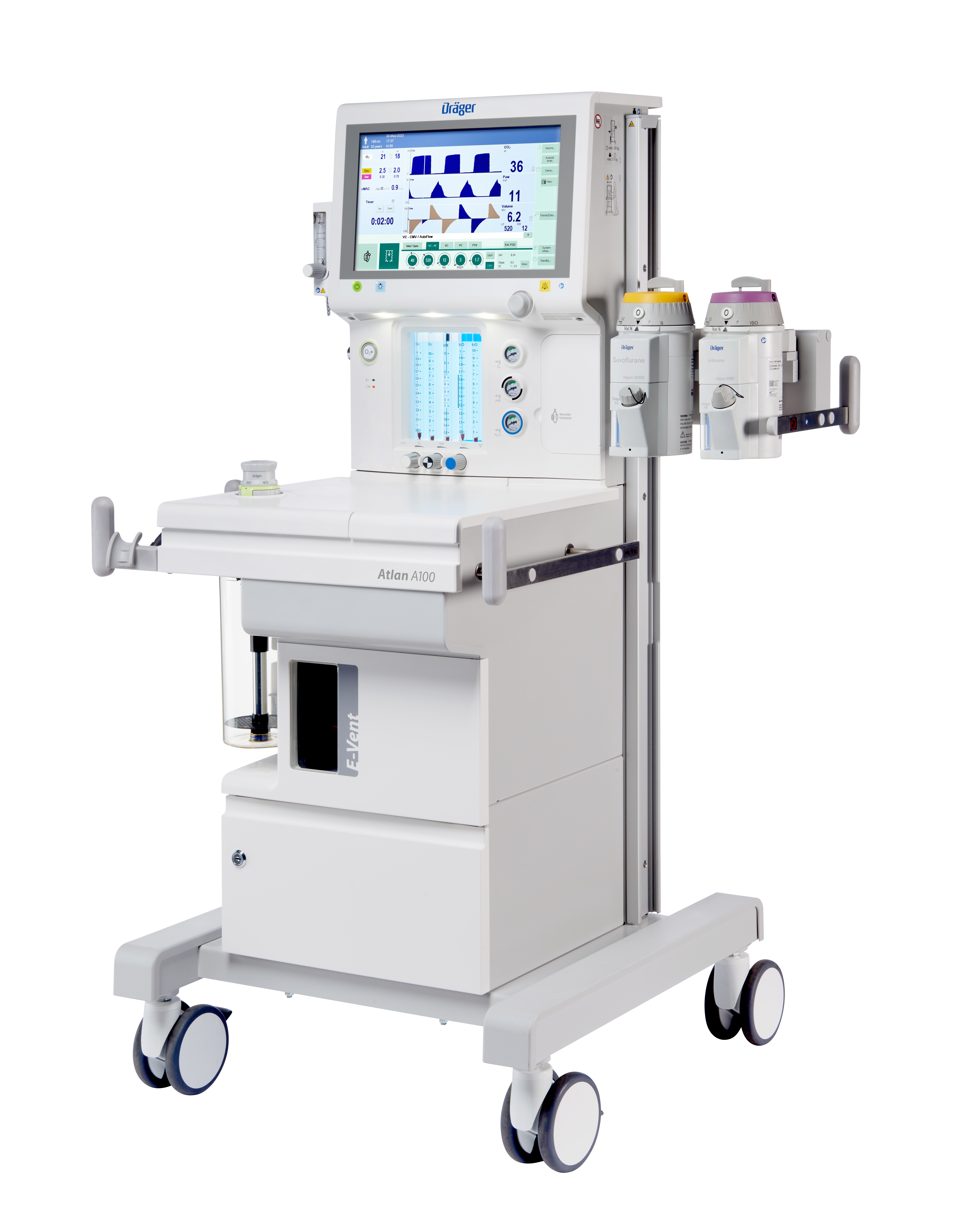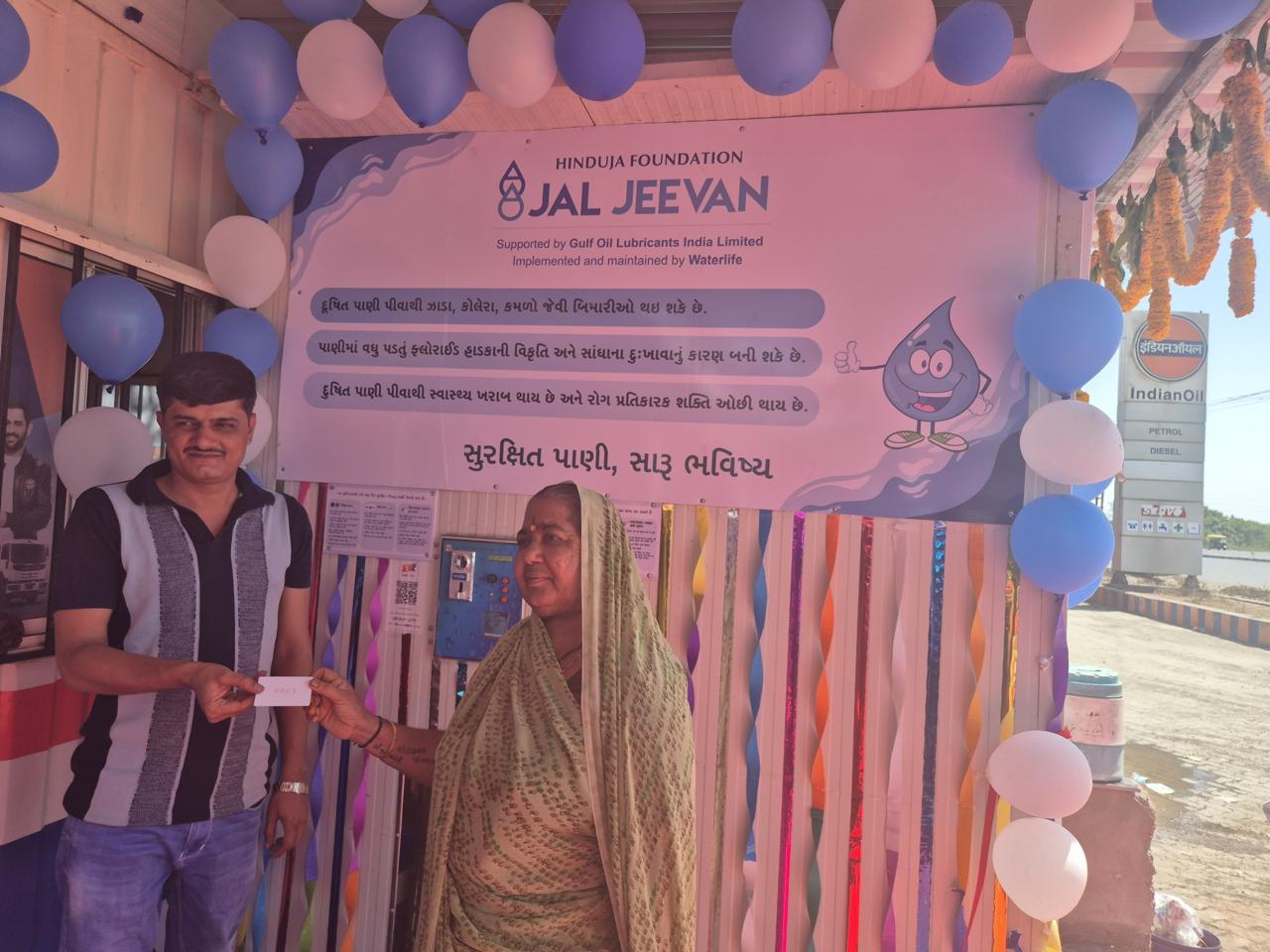India, home to the highest burden of tuberculosis (TB) in the world, is embarking on a ground-breaking journey to combat multidrug-resistant tuberculosis (MDR-TB) with the introduction of a new treatment plan. The Union Ministry of Health & Family Welfare has approved the deployment of the BPaLM regimen, a revolutionary combination of four drugs: Bedaquiline, Pretomanid, Linezolid, and Moxifloxacin. This new regimen promises to transform MDR-TB treatment, offering new hope for thousands of patients while bringing India closer to its ambitious goal of eliminating TB by 2025.
The Growing Burden of MDR-TB in India: India has long been suffering with the enormous public health challenge of tuberculosis, with drug-resistant forms of the disease complicating the fight. Multidrug-resistant TB (MDR-TB) occurs when the bacteria causing tuberculosis develop resistance to at least two of the most potent anti-TB drugs—isoniazid and rifampicin. This makes treatment more difficult, more prolonged, and often less effective. Traditional treatment regimens for MDR-TB have lasted as long as 20 months, with limited success and significant side effects.
The introduction of the BPaLM regimen is a major shift in how MDR-TB will be managed in India. This new treatment plan significantly shortens the course of treatment to just six months, compared to the previous 20-month therapy. The shorter timeframe not only increases patient compliance but also dramatically improves success rates. Additionally, it reduces the physical, emotional, and financial burden on patients, allowing them to recover faster and return to their daily lives with fewer disruptions.
What Makes the BPaLM Regimen a Game-Changer?
The BPaLM regimen combines four powerful drugs: Bedaquiline, Pretomanid, Linezolid, and Moxifloxacin, each with unique properties that work together to combat MDR-TB. Bedaquiline, a drug that specifically targets drug-resistant TB, is crucial in tackling MDR-TB. Pretomanid, another cutting-edge medication, disrupts the bacteria’s energy production, while Linezolid and Moxifloxacin have been well-established in the fight against drug-resistant infections. Together, this combination has shown tremendous promise in clinical trials, significantly increasing the likelihood of successful treatment.
One of the key benefits of the BPaLM regimen is the drastic reduction in treatment time. Under the previous 20-month treatment plan, patients had to endure an exhausting and often debilitating series of medications, sometimes including painful injections and a host of unpleasant side effects. In contrast, the six-month BPaLM regimen is not only faster but also far more tolerable, leading to better adherence and more successful outcomes.
Reaching 75,000 MDR-TB Patients: The scale of the TB crisis in India is staggering, with nearly 75,000 people suffering from drug-resistant TB. The new treatment plan is expected to have a life-changing impact on these patients. By reducing the duration of treatment and the side effects, the BPaLM regimen offers a new lease on life for those who have been struggling with MDR-TB.
In addition to improving health outcomes, the new regimen is set to bring significant cost savings to both patients and the healthcare system. The shorter treatment duration reduces the need for extended hospital stays, expensive medications, and frequent medical visits. This could lead to substantial savings, making the treatment more accessible to people across all socioeconomic backgrounds.
A Comprehensive Plan for Nationwide Roll-Out: The introduction of the BPaLM regimen is part of India’s broader strategy under the National TB Elimination Program (NTEP). The Central TB Division is now working on a comprehensive plan to ensure the successful nationwide roll-out of the new treatment. This includes training healthcare workers across the country on how to administer the BPaLM regimen effectively. With India’s vast network of healthcare providers, ensuring that every patient gets access to this cutting-edge treatment is a top priority.
To make the roll-out successful, health professionals at all levels—from primary care centres to specialized TB hospitals—will undergo thorough training. This will include not only technical knowledge of the BPaLM regimen but also how to manage patient adherence, monitor side effects, and ensure that treatment is completed successfully. The goal is to leave no patient behind and to provide MDR-TB sufferers with the best possible chance of recovery.
Aligning with India’s Bold Vision to Eliminate TB by 2025: The introduction of the BPaLM regimen aligns perfectly with Prime Minister Narendra Modi’s ambitious goal of eliminating TB in India by 2025, five years ahead of the global Sustainable Development Goals (SDG) target. The National TB Elimination Program, which was launched with the aim of eradicating TB from the country, is at the heart of this effort. Over the years, the government has launched several initiatives to intensify TB detection, diagnosis, and treatment, ensuring that more people are treated earlier and more effectively.
One of the key initiatives in recent years has been the Pradhan Mantri TB Mukt Bharat Abhiyaan, which aims to rid the country of tuberculosis through a multi-pronged approach. This program has been complemented by the Ni-kshay Mitra initiative, launched by President Droupadi Murmu in 2022, which seeks to encourage individuals and organizations to adopt TB patients and provide them with the care and support they need.
These efforts, along with the introduction of the BPaLM regimen, signify a concerted push towards the elimination of tuberculosis as a major public health threat in India.
Leveraging India’s Vast TB Laboratory Network: A major factor in the success of the BPaLM regimen will be India’s expansive TB laboratory network, which is the largest in the world. The country boasts over 7,767 rapid molecular testing facilities, as well as 87 culture and drug susceptibility testing laboratories, located across both urban and rural areas. This infrastructure is critical for the early detection and timely treatment of MDR-TB cases.
These laboratories will play a pivotal role in diagnosing TB, identifying drug-resistant strains, and ensuring that patients are placed on the right treatment as quickly as possible. The network’s capacity for rapid testing and timely intervention will help prevent the spread of MDR-TB, ensuring that patients receive the best possible care at the earliest stage.
Challenges and Opportunities: While the introduction of the BPaLM regimen represents a major breakthrough in the fight against MDR-TB, several challenges remain. Access to healthcare in remote and rural areas continues to be a concern, as does patient adherence to the treatment regimen. Even with a shorter treatment plan, it will be important to ensure that patients complete their full course of medication to avoid the development of further drug resistance.
Additionally, while the BPaLM regimen is expected to bring significant cost savings, financing the nationwide roll-out and ensuring that it reaches every patient in need will require substantial investment. The government will need to continue prioritizing TB elimination and ensuring that adequate resources are available for the roll-out of the new treatment.
Nevertheless, the introduction of the BPaLM regimen offers a new hope for the thousands of people suffering from MDR-TB in India. By reducing the duration and side effects of treatment, this new regimen has the potential to dramatically improve patient outcomes and bring the country one step closer to its goal of eliminating TB by 2025.
India’s fight against tuberculosis has reached a pivotal moment with the introduction of the BPaLM regimen for MDR-TB under the National TB Elimination Program. This innovative treatment offers shorter, more effective treatment options for drug-resistant TB patients, bringing new hope to thousands of people across the country. By combining this new treatment with India’s expansive laboratory network, ongoing training of healthcare workers, and the government’s commitment to eliminating TB, India is well on its way to meeting its 2025 goal. With sustained effort and investment, the country can eliminate TB as a major public health threat, providing a healthier future for all.
.png)
 By combining this new treatment with India’s expansive laboratory network, ongoing training of healthcare workers, and the government’s commitment to eliminating TB, India is well on its way to meeting its goal of eliminating TB by 2025.
By combining this new treatment with India’s expansive laboratory network, ongoing training of healthcare workers, and the government’s commitment to eliminating TB, India is well on its way to meeting its goal of eliminating TB by 2025.










.jpeg)

.jpeg)
.jpeg)

.jpeg)


.jpeg)



.jpeg)
.jpeg)
.jpeg)


.jpg)


.jpeg)
.jpeg)